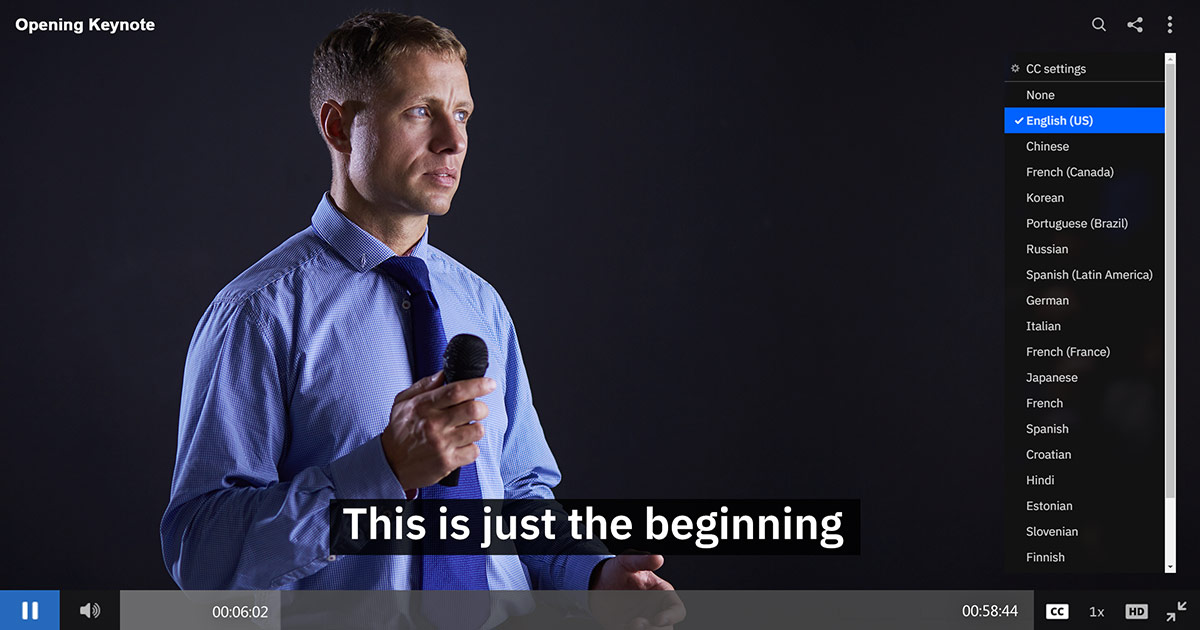

Instructional videos are reviewed by Distance Learning and Academic Innovations (DLAI) for FERPA compliance.Captions Definition Captions Captions are words shown on a movie, television or computer monitor showing what is being said in the program. They increase retention and comprehension. Instructors are recommended to record instruction where students are not included. That recording can only be re-used with student consent from all present in the recording. The use of that recording in any other class or any other term is prohibited. If an instructor has recorded a class, the recording may only be shared with that class of students. Or the student must be edited out of the recording.

If a student is seen, heard, or mentioned in a recording, student consent is required. A student should be considered identifiable no matter the audio quality. For example, a student should be considered identifiable even if the back of their head is seen. It does not distinguish what criteria the student may be identified through. The scope covers when a student is seen, heard, or mentioned in the recording. This includes when a student is recorded. This should be done ahead of time, so students can interact and take part in real-time.įamily Educational Rights and Privacy Act (FERPA) protects the privacy of students. Provide that transcript to students requesting ADA accommodations. If they do not respond, you may need to transcribe the video instead. Ask if they have a transcript or can create the captions themselves. If you are using an auto-captioned video, contact the video's owner. It is important to fix auto-captioned videos.

If sections or lines of words appear at a time, it may have been manually checked. If words appear one or two at a time, it is may be auto-captioned. Make sure people spell their names correctly on their profiles.Ĭheck how the words appear to tell if a video was auto-captioned. Web conferencing tools solve that problem for people logged in who speak. Names are uniquely spelled, and AI would need the spellings ahead of time.

English speaking audience getting a translation of Spanish dialogue


 0 kommentar(er)
0 kommentar(er)
